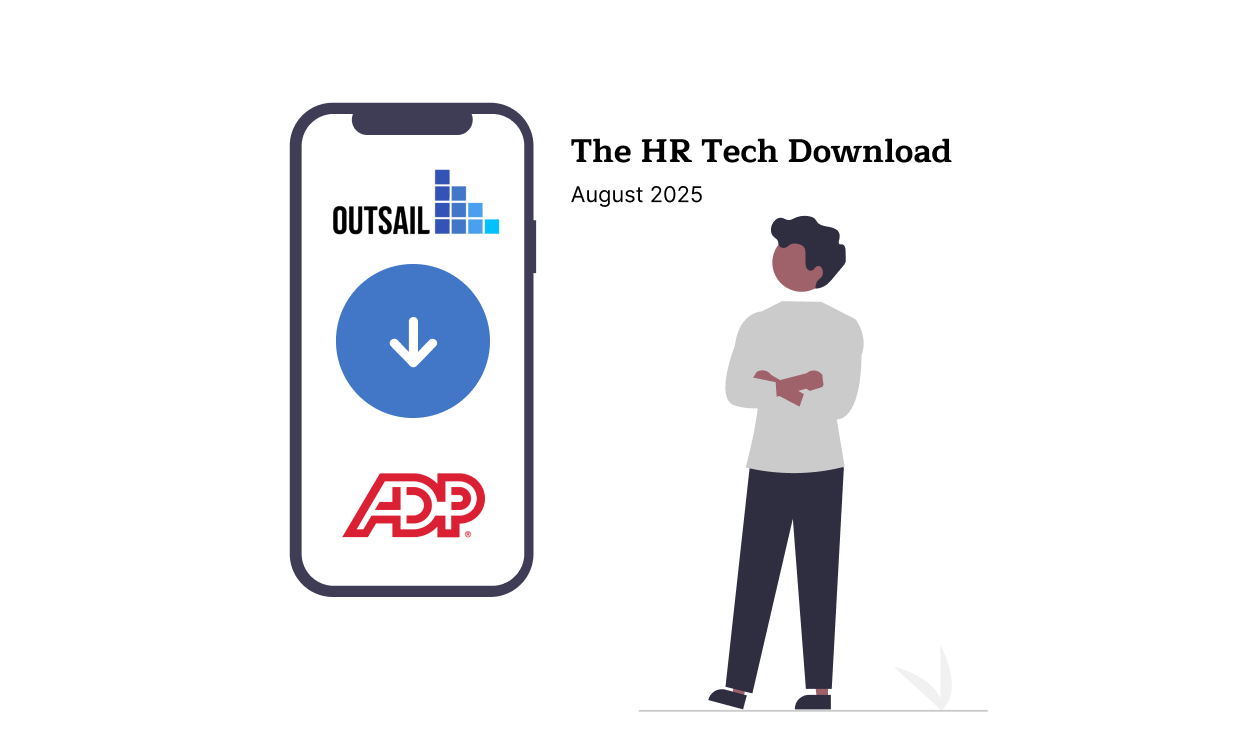Inside ADP’s next chapter: Lyric, NextGen payroll, global strategy, and timekeeping shifts position the HCM giant for the decade ahead

If you say “ADP” in a buying conversation, everyone in the room has a story - good, bad, or “they cut my first paycheck in college.”
With 1 million+ clients, ~60,000 employees, and a market cap flirting with $100 billion, the company is so omnipresent that the U.S. government literally looks at ADP’s data to estimate the monthly unemployment rate.
That ubiquity creates a strange kind of blind spot.
Buyers, competitors - even advisors like yours truly - sometimes assume we already know everything about ADP.
Over the past four months I set out to challenge that complacency, leaning on a series of candid conversations with ADP leaders.
The result: a fresh perspective on how deliberately ADP is positioning itself for the next decade.
Let’s pull the curtain back:
After years of code names like Lifion and Project Cosmos, the long-awaited ADP platform finally has a public name and a production-ready release. Lyric is designed for large, multinational organizations that want flexibility, deep integrations, and native global payroll.
Workforce Now is ADP's flagship mid-market product for 50 to roughly 1,500 employees, but under the hood, it has long relied on a mainframe payroll engine.
That mainframe was bulletproof, but it limited ADP's ability to add new features quickly. NextGen swaps in a cloud-native payroll core behind the scenes while letting 85,000 live WFN clients stay on the same user interface.
What changes:
Lyric grabs headlines, but NextGen will touch far more customers in the next two years.
The ADP team shared eye-opening stats: three to five years ago, only ~10% of mid-market organizations were global; today that number is closer to 25–30%.
Fast-growing firms like Rippling and Deel highlighted that demand, but ADP may have two advantages in the global payroll arms race:
Historically, Celergo lived next to WFN rather than inside it, leaving a gap in global HRIS localization (languages, currencies, employee self-service).
Lyric closes that gap by baking localization and global payroll into the same UI. Add the WorkForce Software acquisition (timekeeping compliance in 145+ countries), and ADP appears on its way to a truly comprehensive “global employment OS.”
Roughly 30% of ADP’s Time & Attendance installs still white-label Kronos (Workforce Manager) to better support complex edge cases. Two recent moves will start to change that equation:
ADP plans to roll this out methodically- pilots, phased migrations, no “big bang.”
But within a few years, the percentage of customers needing Kronos should drop dramatically, tightening ADP’s grip on the full workforce stack.
I’ve written about the end-game that all HCM vendors are chasing: a single, unified hire-to-retire platform that is truly global from HR & talent to tax & payroll.
Plenty of vendors will sell this vision faster, but ADP is building the foundation brick-by-brick:
Yes, ADP is rarely the first to ship a shiny prototype. That’s on purpose.
They study early adopters, bullet-proof the compliance, and release when they can support one million clients without drama.
I believe the next era of HR tech will be 'won' by whoever combines global scale with bullet-proof reliability. The ‘safe choice’ might also turn out to be the best bet.
Until next time!
